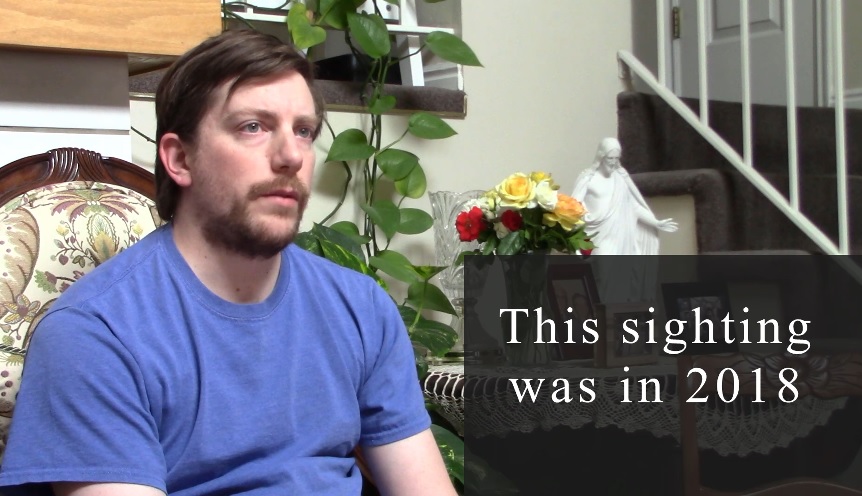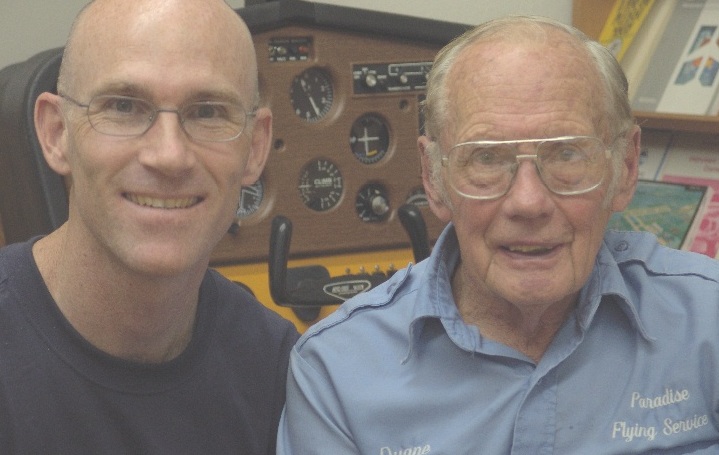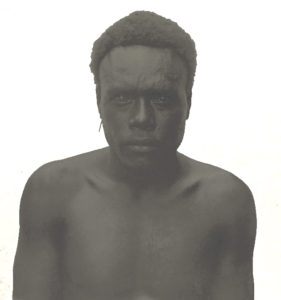PART TWO
By the living-pterosaurs expert Jonathan Whitcomb
Living-pterosaur sighting by Hodgkinson — answering criticisms
I think Kuban would have done much better in writing about this sighting if he had communicated with me before publishing his criticisms. As they stand, as of December 5, 2020, his many paragraphs about Hodgkinson’s encounter with an apparent “pterodactyl” have many grave weaknesses and clear indications of severe misunderstandings on Kuban’s part.
Is it important for a researcher to interview eyewitnesses? Consider what Kuban himself has said: “Whitcomb admits that he never interviewed George. So, if anyone was over-speculating, it was not me.” (I have never, as of April 23, 2021, interviewed George, the army buddy of Duane Hodgkinson.) I admit that I may speculate, to some degree and at some times, but let’s examine the context here.
Kuban, during the years that he has published online criticisms of eyewitness accounts of living pterosaurs, has never interviewed even one eyewitness. His general practice is to take what he finds online or in books and, without asking me for clarifications on what I have written, finds anything and everything that he thinks might discredit the sighting; then he publishes it. That is what his tens of thousands of words have shown to me.
I admit that I sometimes make mistakes. In one of my earlier editions of Searching for Ropens, I may have said that Hodgkinson’s army buddy was a biologist. If I did, however, I was speculating. In the fourth edition of Searching for Ropens and Finding God, I put it thus: “Hodgkinson was not a biologist but his army buddy was, or at least had some education in biology.” Even there, I may have been speculating. I wrote that, because Hodgkinson gave us some indication that his buddy considered himself to have some knowledge of science in general or possibly of biology in particular. In reality, that is far short of evidence that he actually was a real, dependable expert in biology.
Glen Kuban, however, seems to have taken that mistake that I made and tried to turn it into some significant fact, a practically-given proof, perhaps, that George was either a biology professor or a qualified expert in biology who could be relied on. That is what I consider “over-speculating.” From what Hodgkinson told me and Guessman, it is possible that George had taken one or more classes in biology, if he had taken even one college course in biology.
The point is this: George made it clear, within seconds of the end of that sighting in that jungle clearing in 1944, that he would not tell anybody what he and Hodgkinson had seen. Nothing in Hodgkinson’s testimony gave even a hint that George said anything about the possibility that they had seen a bird or bat. To the best that we can now determine from Hodgkinson’s testimony, George just wanted to keep quiet about the encounter, apparently even if that meant denying that they had seen anything.
That kind of denial does not come from a biologist observing an unusual bird or a huge bat. It certainly can come from a man who would like to be respected as knowledgeable and who has just witnessed a gigantic living pterosaur fly up out of the middle of a jungle clearing in the middle of the day. That kind of man would not want to be laughed at. He would not want to appear to be the biggest fool in history.
Part Three: American Soldier Encounters a Gigantic Pterodactyl
Part One: American Soldier saw a Living Pterosaur in World War II
###
.
Two long-tailed pterodactyls (pterosaurs) seen in western Minnesota (video)
.







